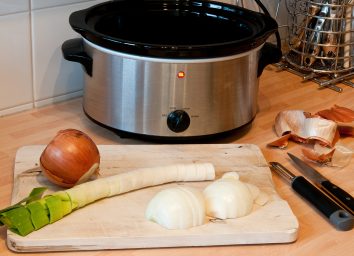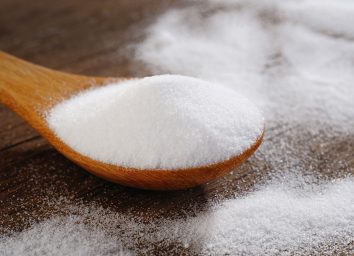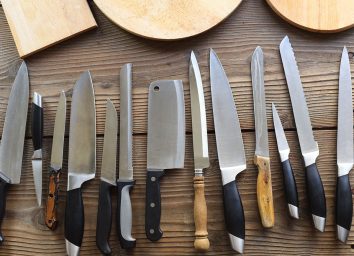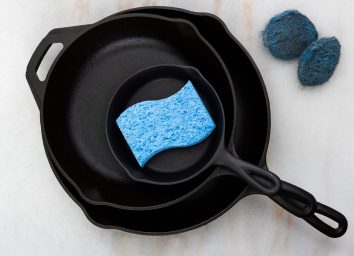13 Ways You're Ruining Your Non-Stick Pans
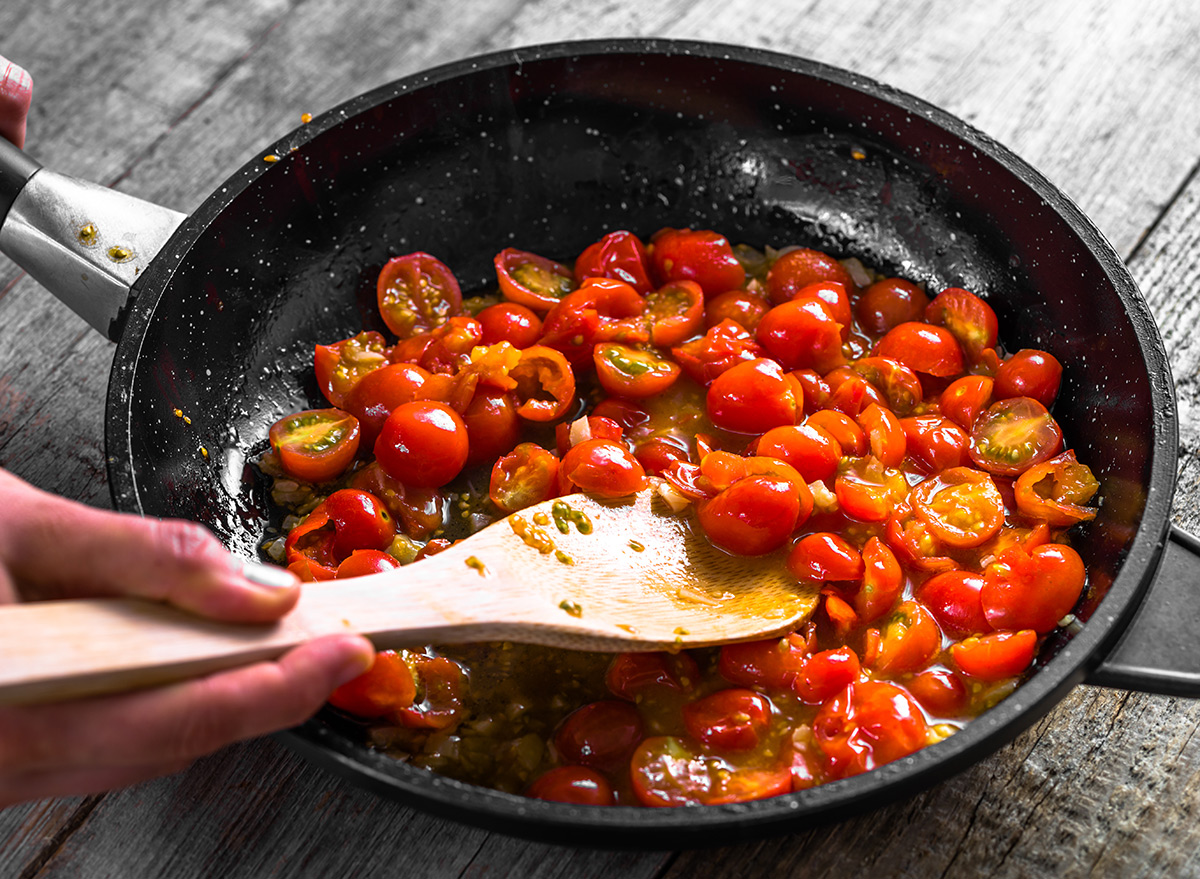
While your cast-iron skillet might get the best sear and your stainless steel pans can go into the oven, most home cooks love a good non-stick pan. After all, what's more satisfying than watching your eggs slide easily from your stovetop to your plate with no mess?
"A non-stick pan is a gift from the gods for many breakfast chefs," says Warren Weekes, chef instructor at Auguste Escoffier School of Culinary Arts. "When I worked as a young cook, I remember feeling amazed as I watched those eggs freely slide right out."
But that's only possible if you're taking good care of your non-stick pans and aren't making crucial non-stick pan mistakes. There are some ways you're probably causing serious damage to your cookware, preventing them from lasting for years to come.
And for more, don't miss these 15 Classic American Desserts That Deserve a Comeback.
Mistake: Using metal utensils against a non-stick pan.
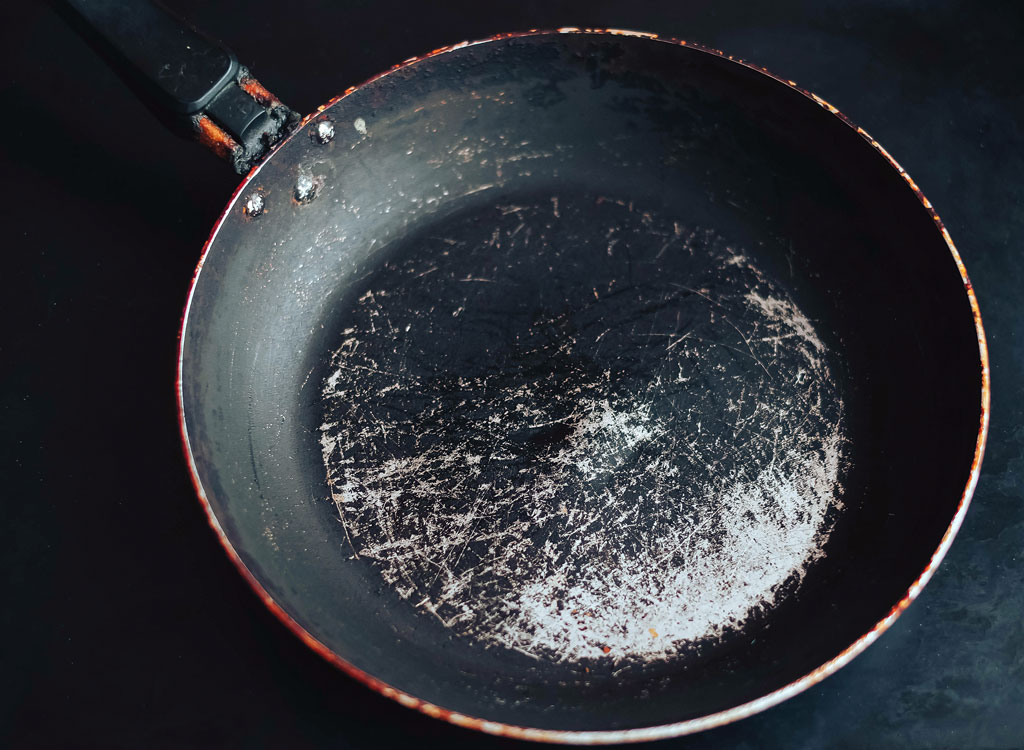
Skip the whisk, metal fish spatula, or sharp metal tongs when you're cooking with a non-stick pan.
"You should never use metal against a non-stick pan since it will scratch the surface and may cause the coating to come off the pan onto your food," says Adam Merlin, chef at Cleo in New York City. Mario Segura, chef at Umami Burger in Los Angeles, California, suggests you use plastic spatulas instead.
Mistake: Coating it with non-stick sprays.
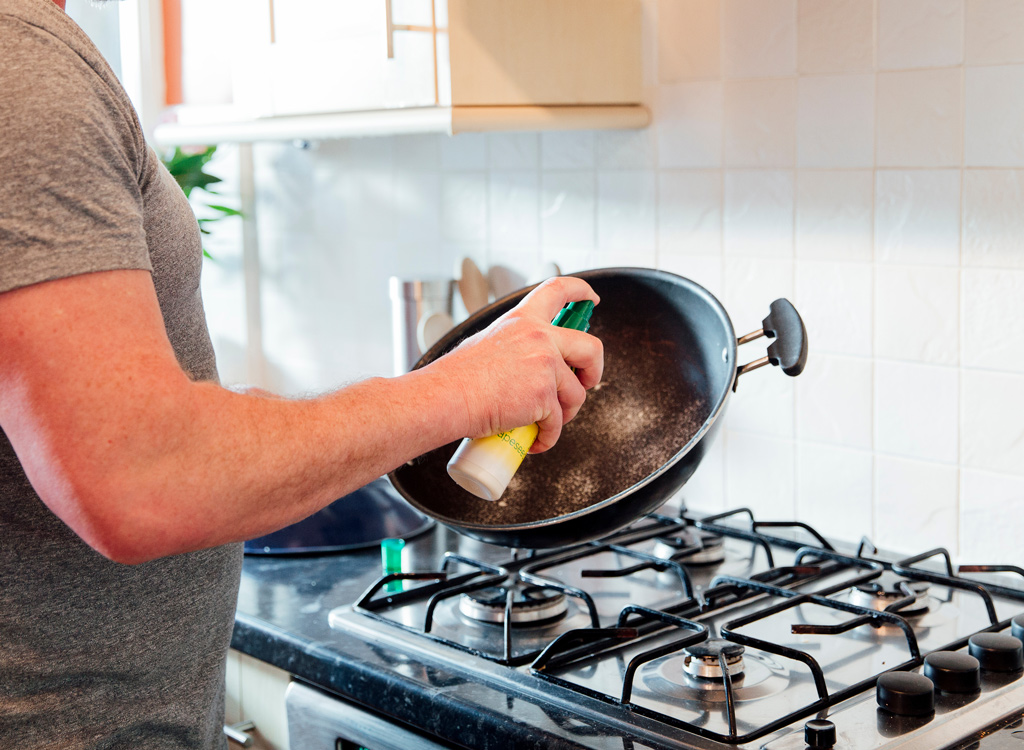
While you're at it, ban the Pam, too. "Avoid cooking sprays," Weekes says. "The residue builds up over time and can be difficult to remove."
Besides, the surface of your pan should be slick enough to allow your stir-fry or salmon to slip right out onto your serving dish.
Mistake: Cooking acidic foods in a non-stick pan.
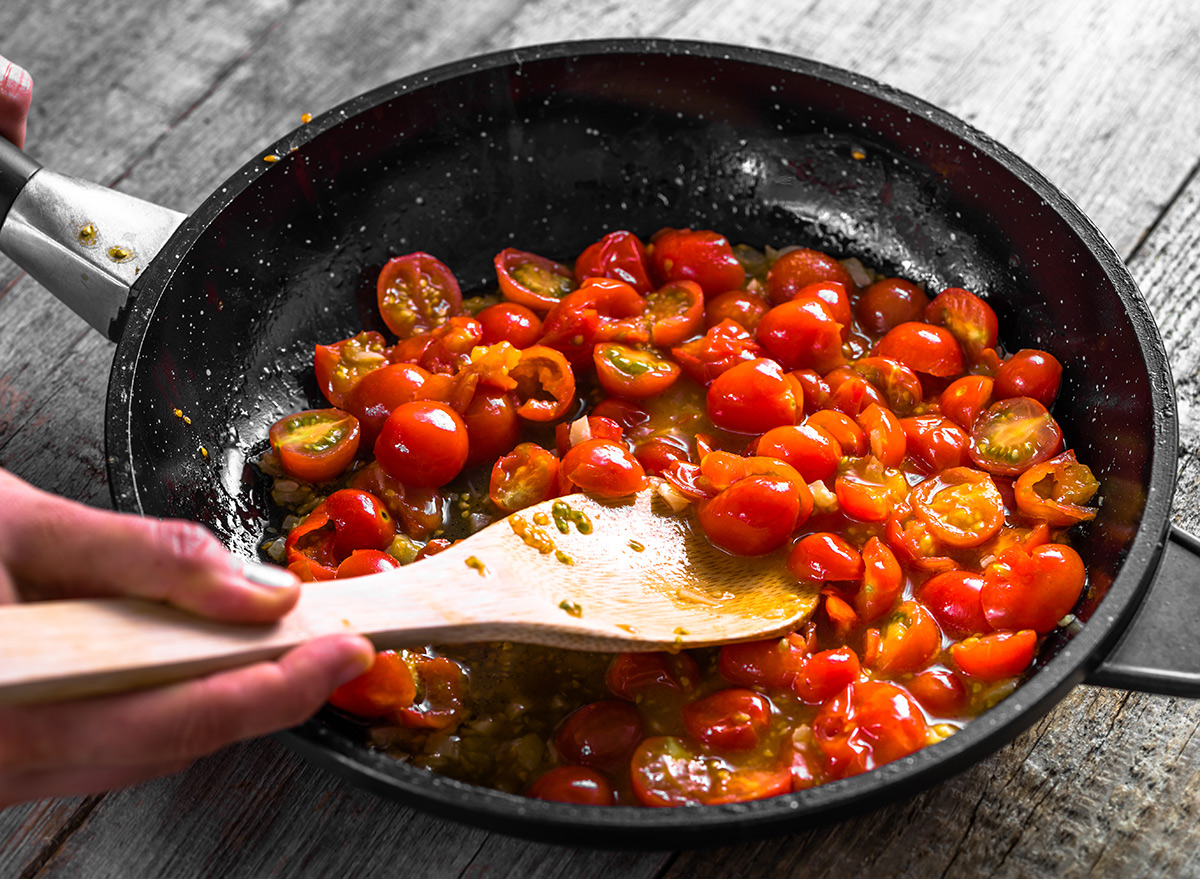
When preparing highly-acidic foods, like tomatoes and citrus, don't use non-stick pans.
"These foods can accelerate the aging process of the non-stick surface since the acid will slowly cause it to blister," Weekes says.
Mistake: Turning the heat too high.
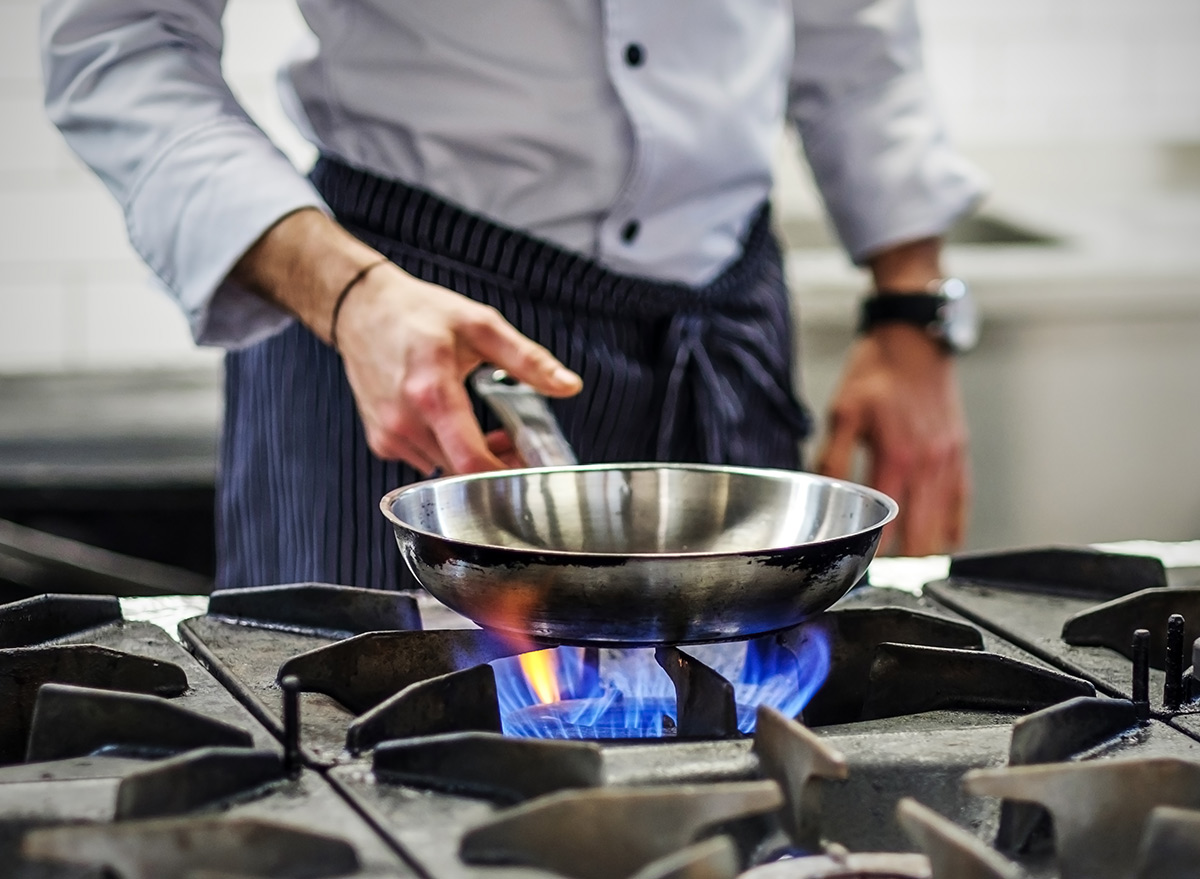
Take it slow and low, and medium is fine too, says Hannah Crowley, executive editor of tastings and testings at America's Test Kitchen in Brookline, Massachusetts. Just avoid turning the heat to high under your non-stick pans.
"Don't use the pan for scorching-hot cooking, such as sauteing or searing," Weekes says. "The extreme temperatures will shorten the lifespan of the pan and release toxic chemicals into the air."
Mistake: Warming it up empty.
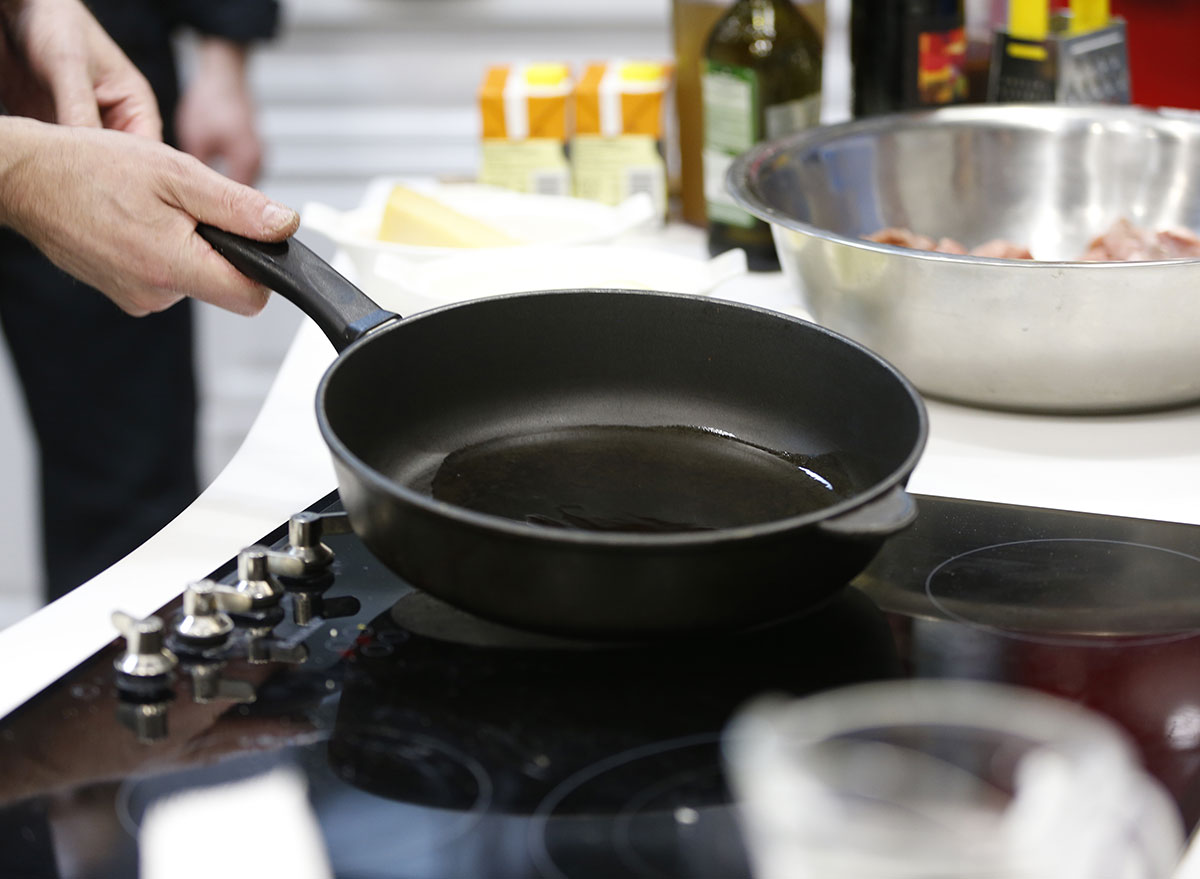
While it's wise to preheat cast iron skillets to ensure even cooking and a solid sear, that doesn't apply to non-stick pans.
"Don't let the pan heat up without anything in it, or it will start emitting gas," Crowley says. "Make sure there's a little bit of fat in the pan as it warms up. The smoke point of oils and butter is lower than the off-gassing temperature, so that's a great visual cue for when your pan is too hot."
Mistake: Allowing it to smoke.
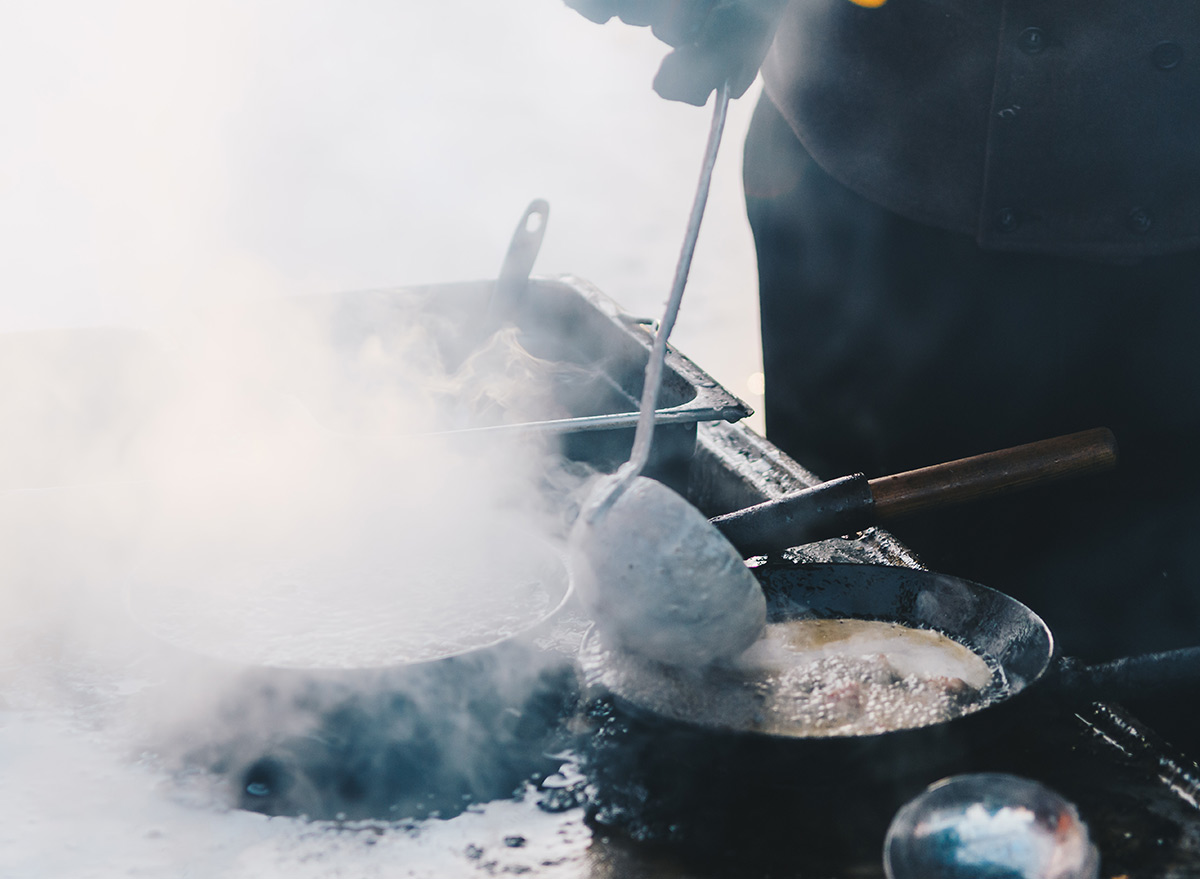
"If the pan starts to smoke, you need to lower the heat. If it does get too hot, open a window or turn on a fan," Crowley says. "The fumes won't kill you, but they can make you sick."
Mistake: Expecting a good char or sear.
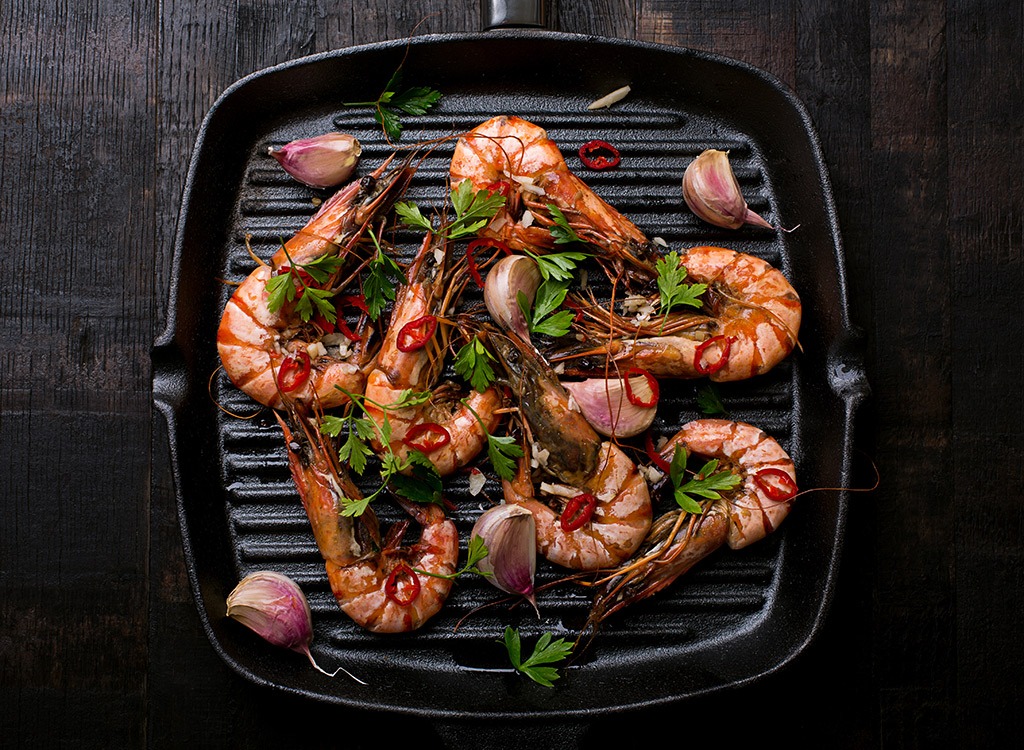
Because you're keeping the temperature tame, know that you should stay in the lane of soft scrambles, golden pancakes, and other gently-cooked items when it comes to your non-stick pan.
"You can get an OK sear in a non-stick," Crowley says. "A carbon steel, stainless, or cast iron skillet will give you a much better one, however, if that's your primary concern."
Mistake: Cleaning the pan too harshly.
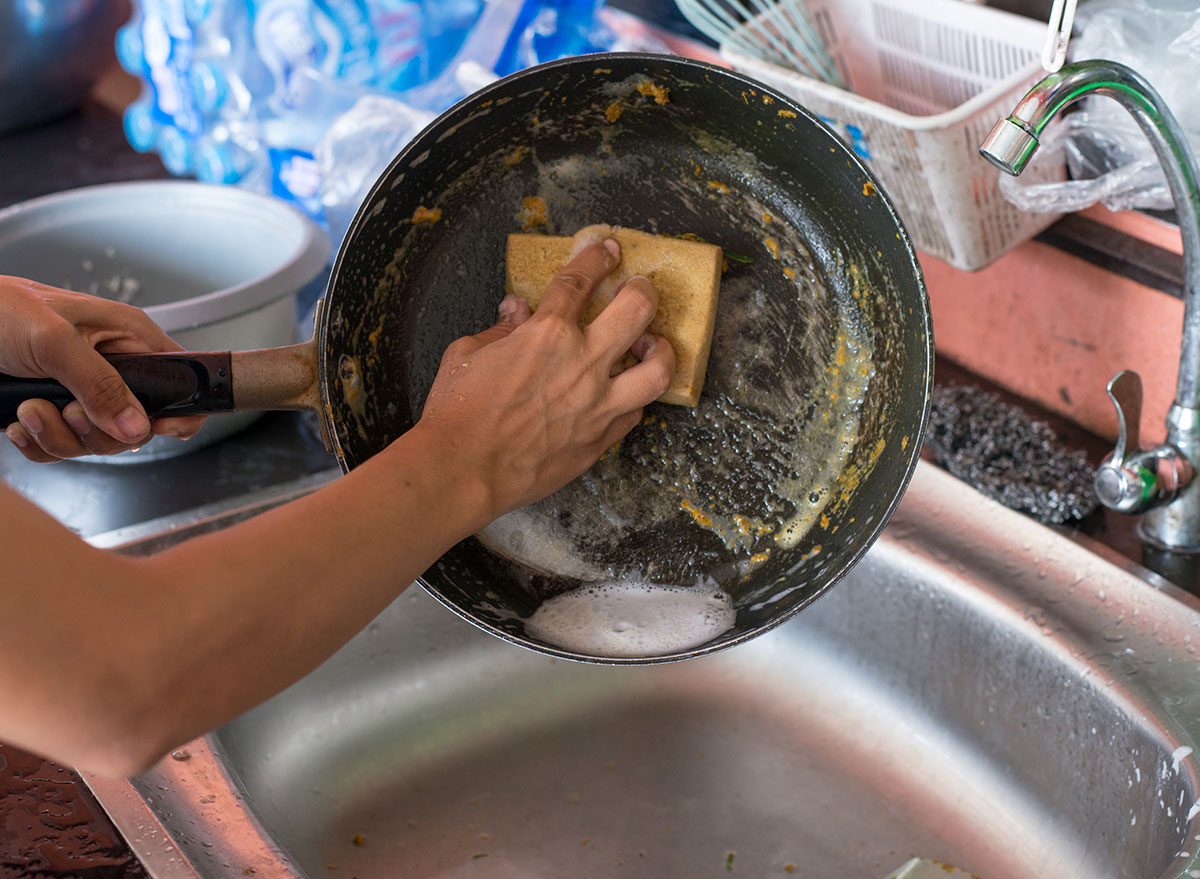
Burt Cho, chef at Katsuya in Hollywood California, says using a "metal scrubber" on non-stick pans is a "novice mistake."
Crowley adds: "Avoid heavy cleaners, like Comet, or scrubbing really hard, as these can damage the coating on the surface. Think of it as a layer of skin on top of the pan. You want to treat it nice and delicately so it stays around for a while."
Mistake: Putting it in the dishwasher.
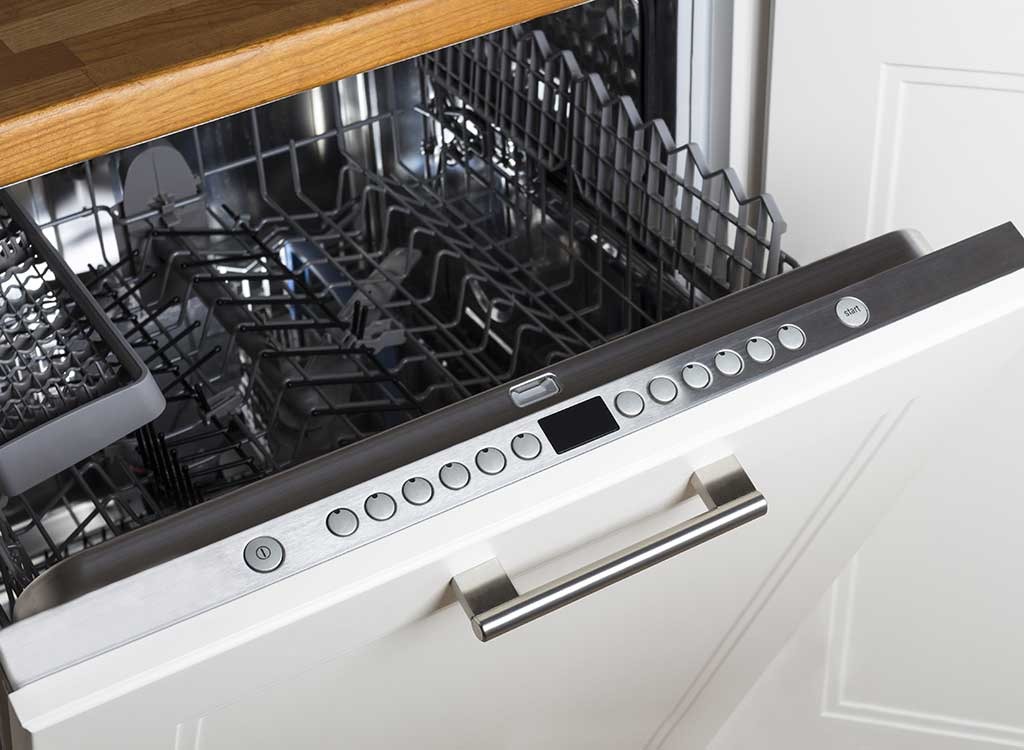
In addition to harsh scrubbing, your dishwasher can also damage your non-stick pan.
"The pan should not be placed in the dishwasher," Weekes says. "Chemicals and the variation in temperature will eventually cause the coating to flake off."
The proper way to clean a non-stick pan, according to Segura, is to wash it in soapy water and remove any crumbs and clean crevices with a non-abrasive nylon pad or sponge. Be sure to tackle both the outside and the inside of the pan while doing so.
Mistake: Stacking it in your cabinets haphazardly.
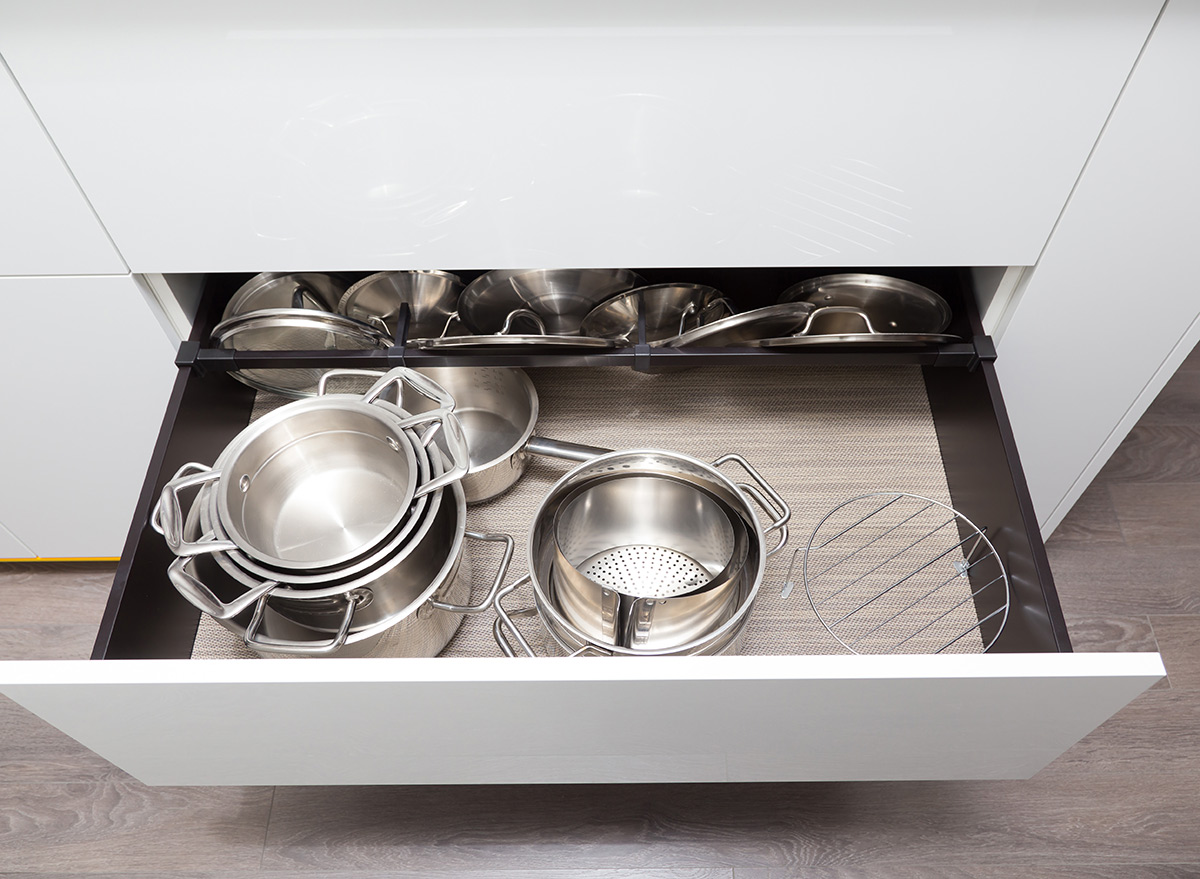
After cleaning, the next step is storing your non-stick pans smartly. If you can, avoid stacking them. The rubbing or grating that can occur from stacking can harm that delicate coating.
"If you need to stack it, place a clean, soft towel above and below to avoid scratching," Weekes says. Another option, according to Crowley, is to stuff paper plates between your non-stick pans. However, if you have the room, according to Merlin, hanging is the best option.
Mistake: Tossing it the moment it loses some slickness.
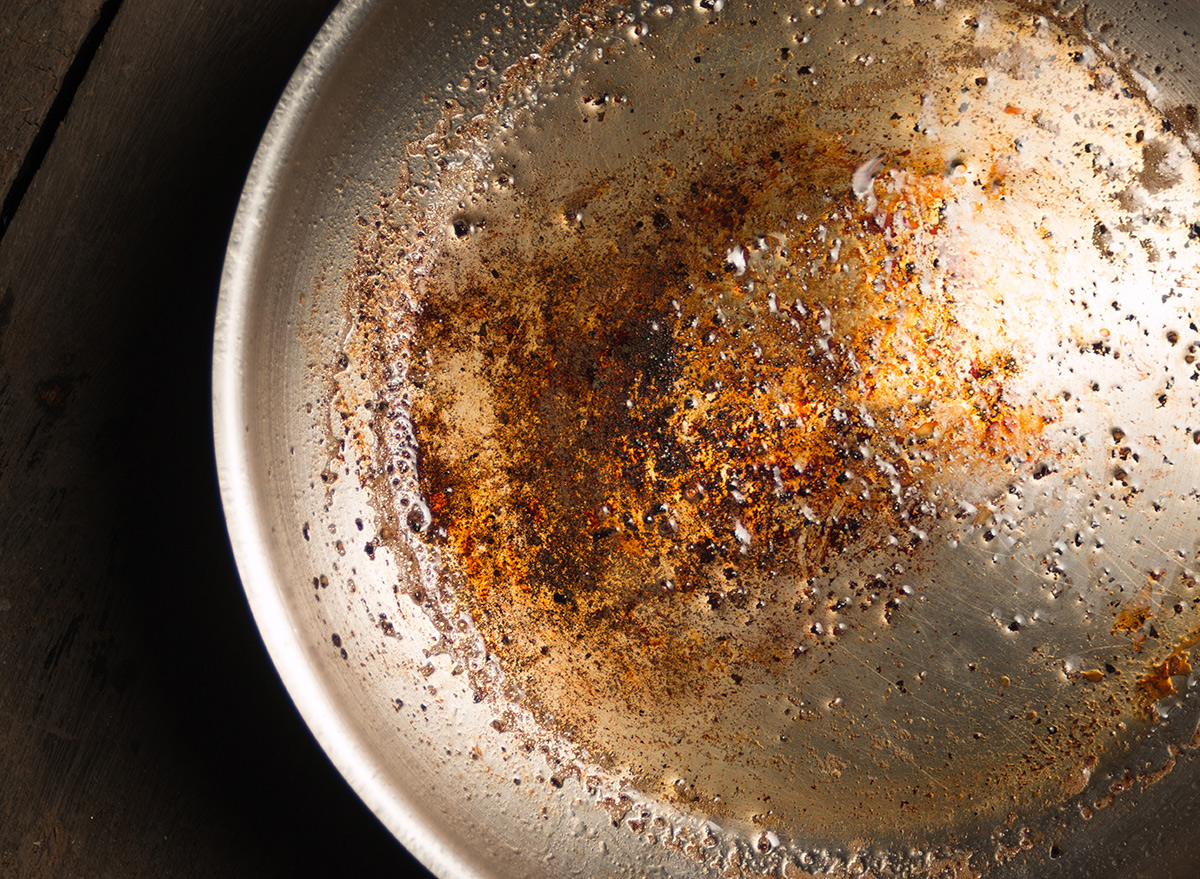
Because the non-stick coating is just a thin layer on top of the pan, this kind of cookware is not nearly as durable as skillets made from other materials (like stainless steel, carbon steel, or cast-iron).
But if your non-stick starts to lose its "non" factor, don't throw it away just yet.
Here's a trick from Crowley to make it slick again: "Put the pan on a burner over low heat for 30 seconds, then pour in a teaspoon of neutral oil, like canola or vegetable. Rub it all over the surface with a paper towel, and wipe out any excess."
Repeat this process any time you notice stickiness.
Mistake: Failing to season a non-stick pan regularly.
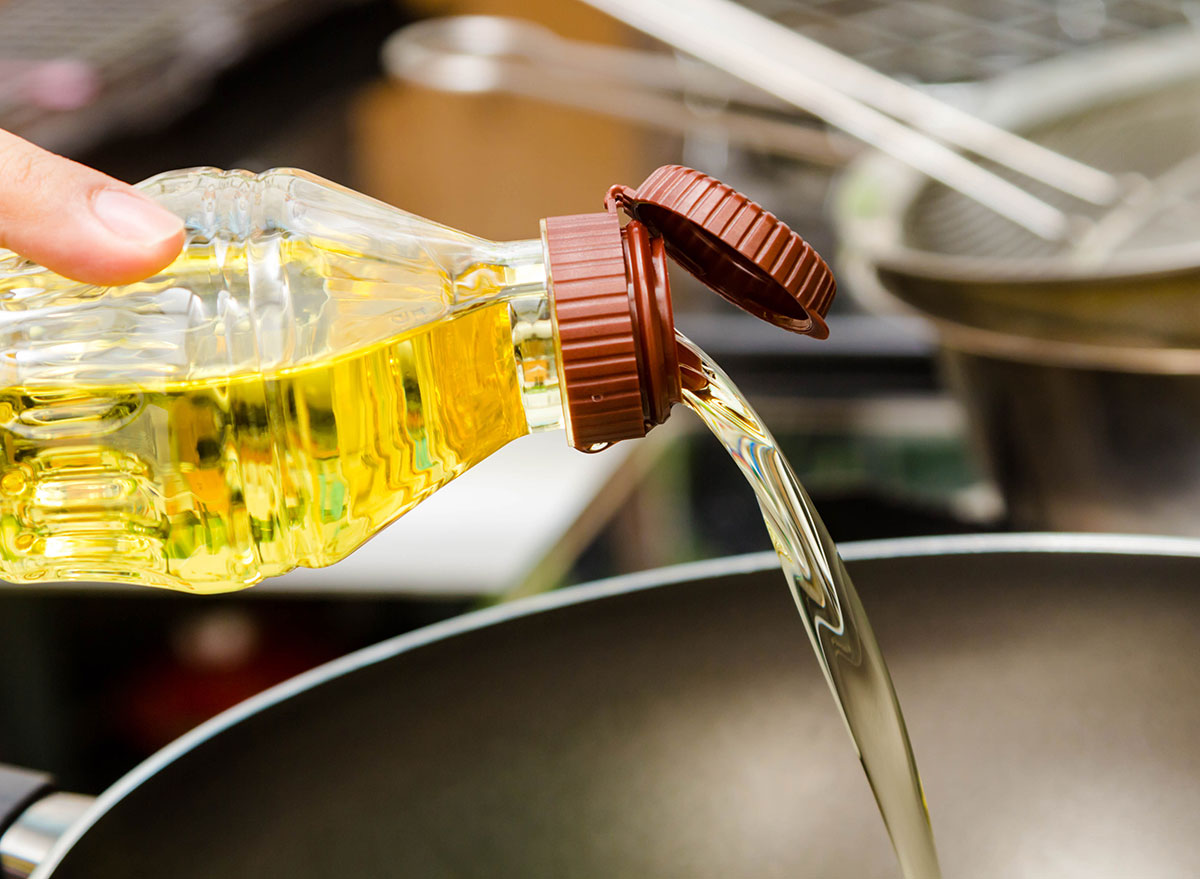
Though it's not particularly necessary, as it is with cast-iron, seasoning your non-stick pans will help them last for their expected five-year life span. All you have to do is rub it down with a teaspoon of any type of oil after cleaning and dry it by hand.
Mistake: Trusting it to caramelize.
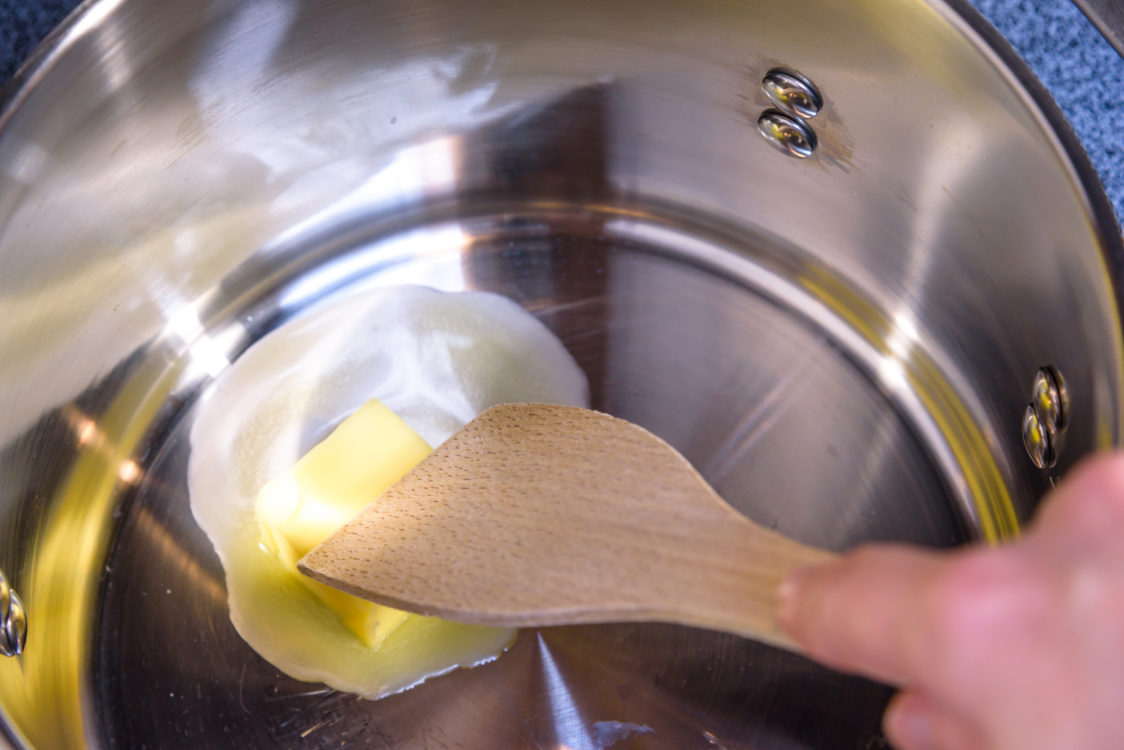
"You can use a non-stick skillet to brown butter, but unless it has a white interior coating, it's often easier to monitor the progress in a pan with a lighter natural hue, such as stainless steel," Crowley says.
Keep this tip in mind for other heat-sensitive, color-changing recipes, like homemade caramel. And now you're well-equipped to avoid making any of these non-stick pan mistakes ever again!
